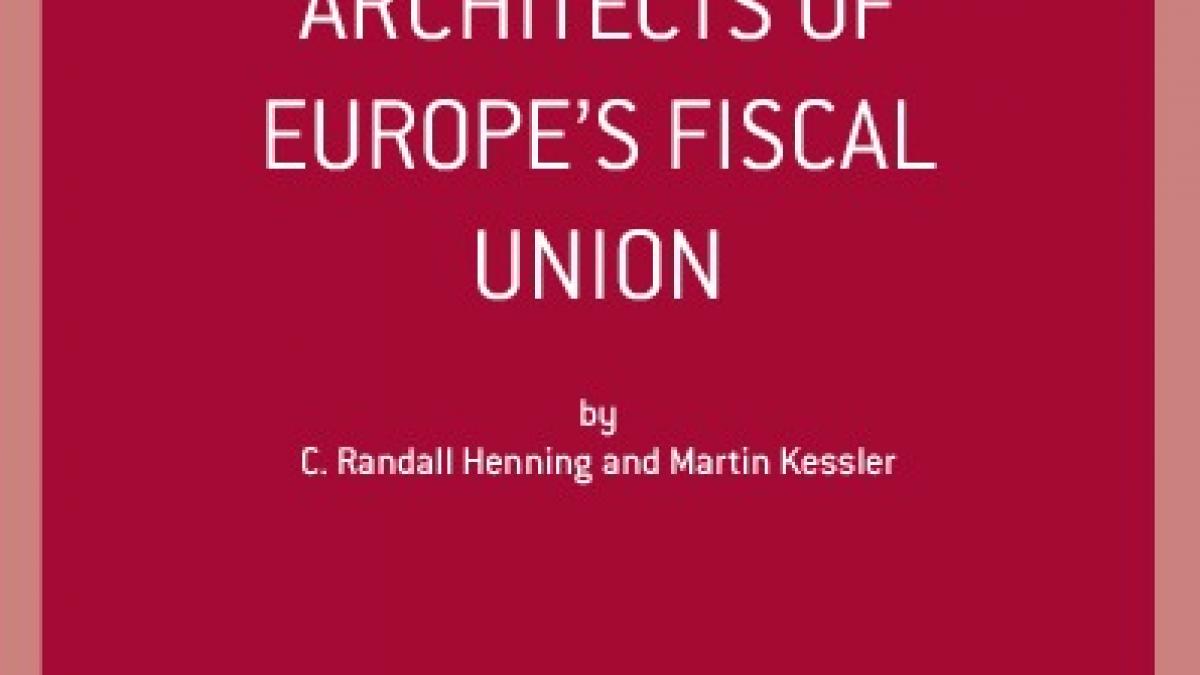Fiscal federalism: US history for architects of Europe's fiscal union
Ever since first the blueprints for monetary union in Europe were drawn up, the United States, considered as a collection of individual states or re

Ever since first the blueprints for monetary union in Europe were drawn up, the United States, considered as a collection of individual states or regions, has served as a benchmark for assessing its feasibility and evaluating alternative policy options. Starting with Robert Mundell’s seminal 1961 article on optimal currency areas, countless papers have explored the inner workings of US labour, product and capital markets, and of its public finances, in the hope of learning lessons for Europe.
It could be argued that this US inspiration is mistaken. After all, it is not the only economic and monetary federation in the world. Other federations work on different principles – especially when it comes to public finances – and there is no guarantee that US arrangements are optimal – especially, again, regarding public finances. But we know the US better and we think we understand it better, so success or failure relative to the US test carries much more weight than with the Australian, Canadian, Indian or Swiss tests. For better or worse, the US remains our ultimate policy laboratory.
This essay on US fiscal federalism by Randall Henning and Martin Kessler builds on the established tradition. But unlike many papers that take current US features as a given, they tell us what present arrangements governing responsibility over public debt gradually emerged from, and why. By bringing in the historical dimension and the trial-and-error process that took place over more than two centuries, they help us understand the logic behind alternative arrangements and why the current one has in the end prevailed.
Their careful historical account yields several important lessons. It first recalls that the US system as we know it, with its combination of a large federal budget responsible for the bulk of public debt and limited thrifty state budgets subject to balanced budget rules, emerged gradually from a sequence of events; in fact the initial set-up, as designed and enforced by Alexander Hamilton, was almost exactly the opposite.
Second, it makes clear that beyond economic principles, attitudes towards what was in the aftermath of independence called the ‘assumption’ of state debt were shaped by broader political considerations – not least the aim of building a genuine federal government.
Third, it explains how after the US was firmly established as a federation, changing political conditions led to a reversal of the federal government’s stance and to the enforcement of a ‘no bail-out’ principle.
An intriguing feature of US history is therefore that the competences and features of federal government grew out of its assumption of state debt, and that the centre imposed a de-facto no bail-out regime only after having assumed essential powers.
Another interesting observation by Henning and Kessler is that balanced budget rules were adopted spontaneously by states in response to financial stress and defaults, rather than as a disciplinary device mandated by the centre. Thus, there is still significant variability between states regarding the modus operandi and strictness of budget rules. The question remains if what matters is the strictness of the rule, or deeper political preferences at state level, of which the rule is only an expression.
Finally, Henning and Kessler emphasise, a no less important lesson for Europe is that policy principles and institutions should be looked at as a system rather than in isolation. As the authors point out, it may seem obvious to recall that states in the US can abide by strict budget balance
rules to the extent the federal government is responsible for stabilisation and the bail-out of insolvent banks, but this simple lesson is sometimes overlooked in European discussion.
Jean Pisani-Ferry
Director of Bruegel



